What is great migration?
The Great Migration is the most significant animal movement in the world. The activity can be over 500 square kilometers which can be spotted from space.
Hungry predators, including lions, leopards, cheetahs, hyenas, wild dogs, and crocodiles, have enough to satisfy their stomachs. The movement takes place from Masai Mara National Reserve in Kenya to Serengeti National Park in Tanzania and moves back to Masai Mara.
The plains during the wildebeest migration period are blended with animals. The wildebeest cross river Mara for green pastures of Serengeti plains. The crocodile waits in the river for a meal while lions follow the wildebeest for a catch
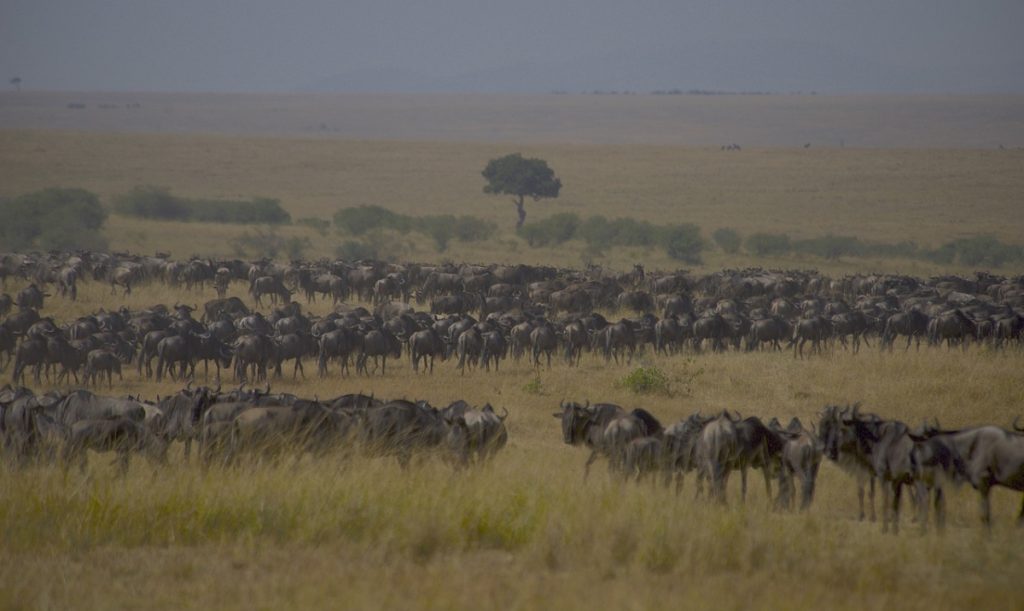
How can wildebeest be defined?
Wildebeest is defined as a member of antelopes related to gazelles and Oryx. The wildebeest can be as big as around 250 kilograms.
The wildebeests in Kenya inhabit Masai mara National Reserve, which borders Serengeti National Park in Tanzania. The wildebeest feed on the grass in the Masai Mara and Serengeti plains. During the dry season, the wildebeest move and migrate in search of green pastures.
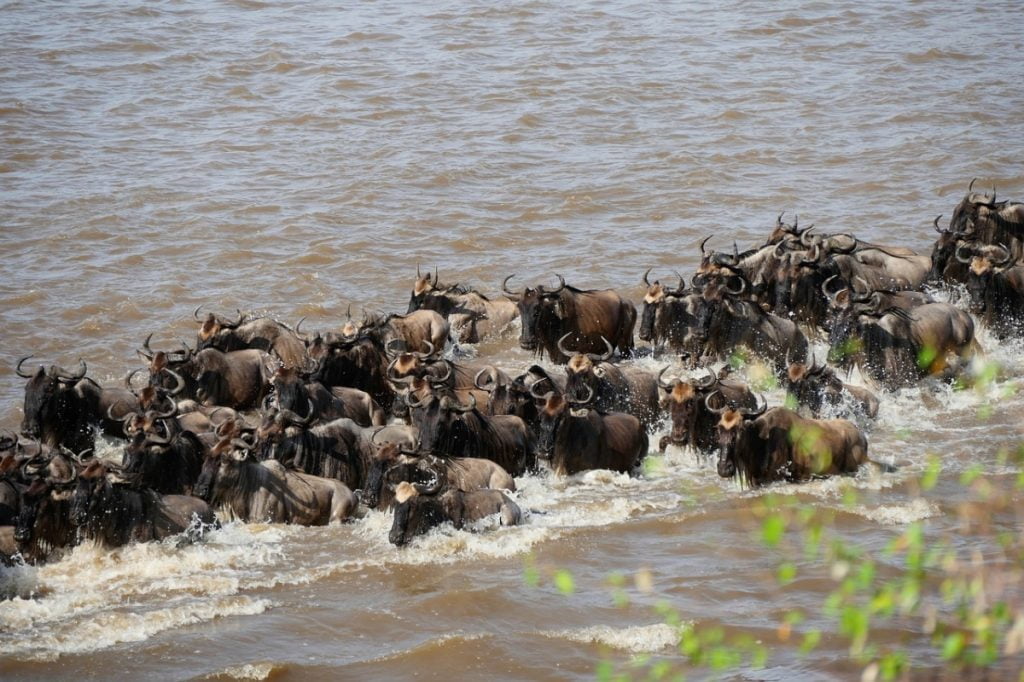
How many wildebeest participate
Over 1 million wildebeest and more than 500,000 gazelle and other grass-feeding animals move together with the wildebeest in search of food and water. The animals will move on a long day with dilemmas here and there, including the hunters’ lion, looking for survival. Leopards, crocodiles, cheetahs, opportunist hyenas, and wild dogs
The movement starts in Masai Mara National Reserve in Kenya, crossing river Mara to Serengeti National park. After the grass is over in Serengeti, the Great Migration returns to Masai Mara in Kenya from July to October. Locals and international visitors flock to Masai Mara to see the plain blanketed by animals. The great wildebeest migration has made Kenya one of the best holiday destinations in Africa.
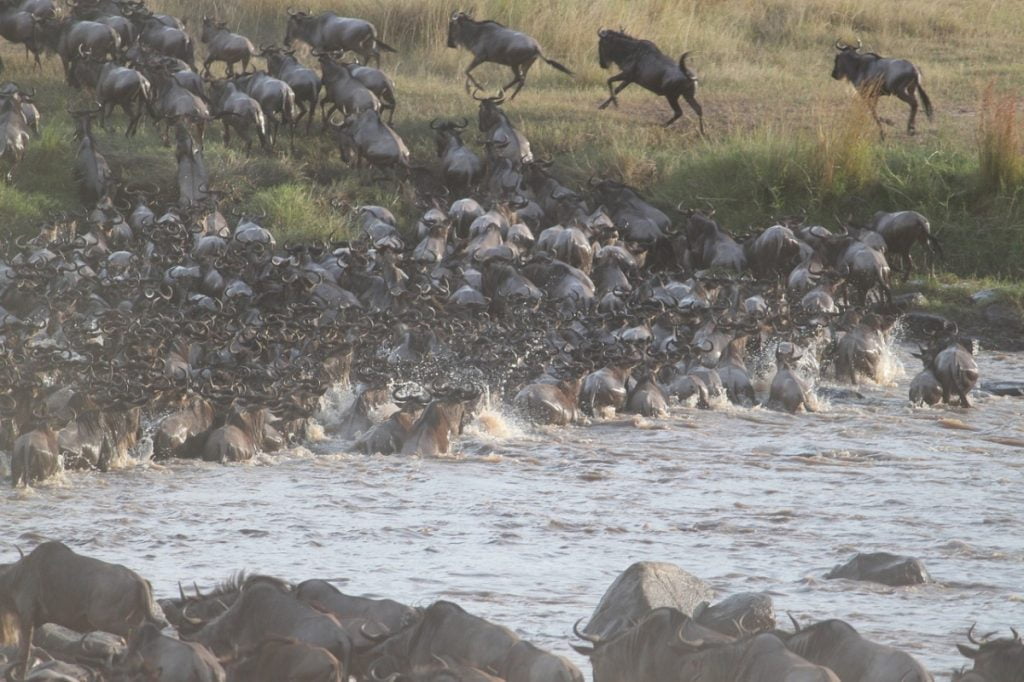
During Migration, is there any danger?
While migrating, the wildebeest endanger themselves by crossing rivers full of crocodiles while the lions follow the migrating wildebeest for a catch to feed themselves. It is quite a fantastic scene at the same time, a merciful one since there is no turning back for the vulnerable wildebeest.
Unfortunately for the wildebeest and fortunately for the visitors, there was no turning back. The animals reach the point of no return, they will have to follow the migration route for green grass, and at the same time, they will have to cross rivers. And the crocodiles in the river are unforgiving and celebrate the crossover. At the same time, the lions celebrate their easy catch, and the game continues for years without end.
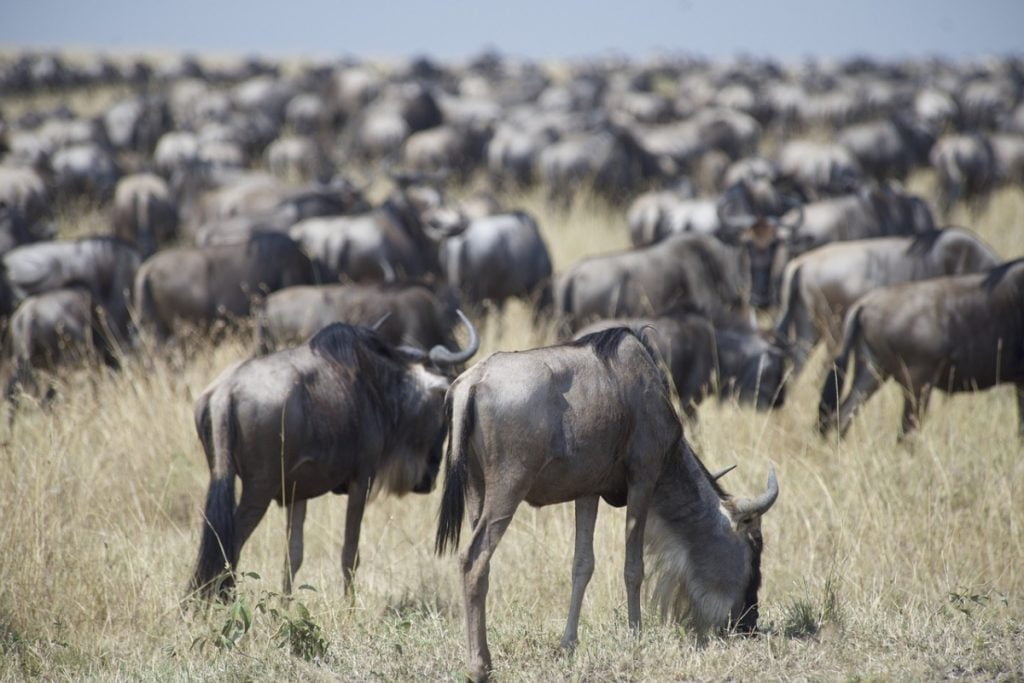
The most significant animal movement in the world follows the green pasture in search of food. The herds travel over 700 miles to and from Masai Mara to Serengeti. As Serengeti borders Masai Mara in Kenya, there is no control over crossing the border, and thus the Great Migration is celebrated in Kenya and Tanzania.
Between July and October is the timing season for the Great migration movement. During these months, herds are making their way between Serengeti in Tanzania and Maasai Mara in Kenya, making the time peak season. As a result, many visitors and locals in Kenya make their holiday destination Masai mara. No wonder Kenya remains the most preferred holiday destination in Africa.

Masai Mara great migration
Plan your Kenya and Tanzania holidays before July and October to witness this fantastic scene. The safari will take 3 to four days, and you will also note the big five, leopard, lion, rhino, buffalo, and elephant.
.

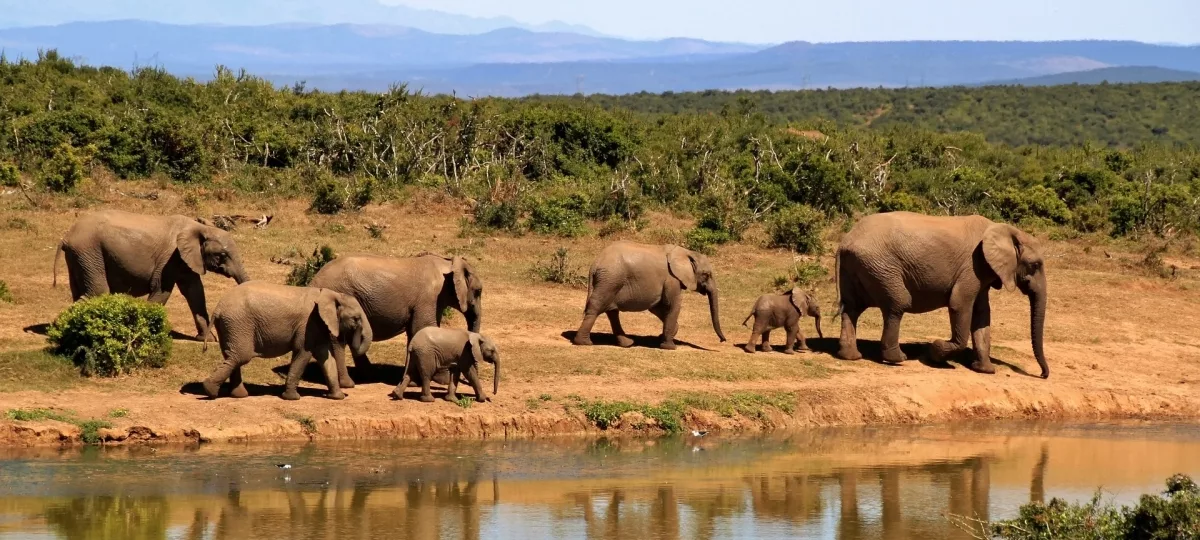
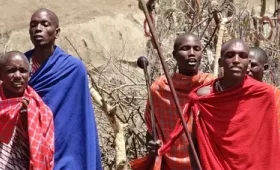

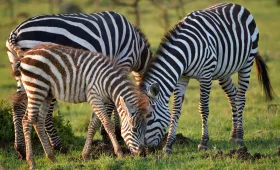
[…] The great migration in Masai Mara, Kenya, borders Serengeti National Park in Tanzania. Read More […]